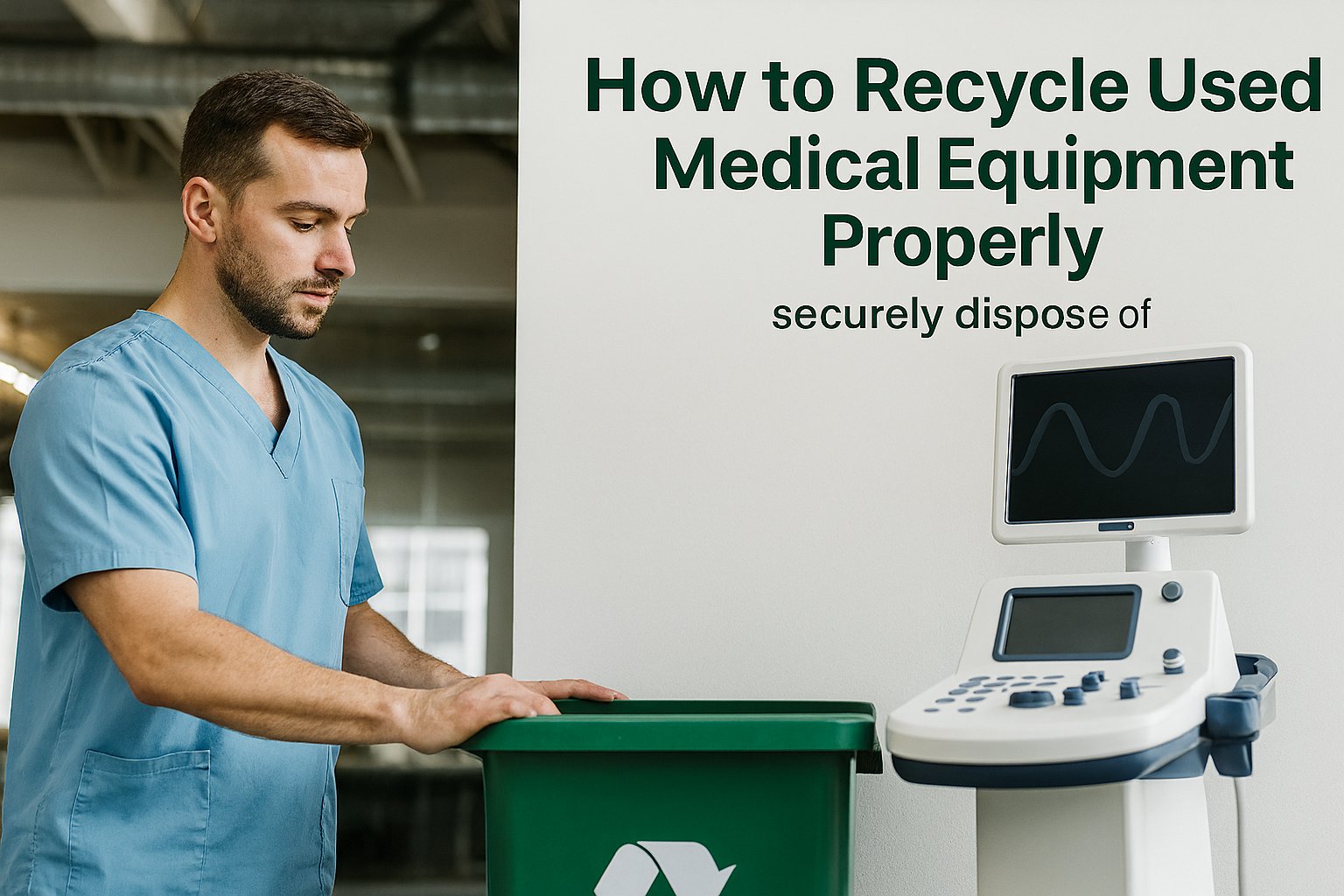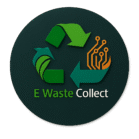Contents
ToggleHow to Recycle Used Medical Equipment (Safely & Legally in Australia)

Learning how to recycle used medical equipment is crucial for sustainable practices in healthcare in Australia. Are you doing it the right way in 2025?
In the healthcare industry, the disposal of medical equipment is a pressing issue. Many devices end up in landfills, contributing to environmental degradation. By recycling used medical equipment, we can mitigate this impact. For instance, hospitals can partner with organizations that specialize in the recycling process, ensuring that equipment is reused or repurposed effectively.
Why Recycling Medical Equipment Matters for Your Facility
Recycling medical equipment is not just about environmental benefits; it also has significant economic implications. For example, refurbished medical devices can be sold at a lower price, making healthcare more accessible. Additionally, this practice helps hospitals and clinics save on disposal costs while simultaneously supporting the circular economy. Want to learn more about how we can help? Check out our Deinstallation & Recycling Services.
Furthermore, recycling used medical equipment can lead to innovations in the healthcare sector. For instance, companies that focus on refurbishing devices may develop new techniques that enhance the lifespan and efficiency of medical equipment. This not only promotes sustainability but also drives technological advancements.
In today’s world, it’s essential to recycle medical and laboratory equipment for both environmental sustainability and public health, especially with Australia's strict regulations.
Types of Medical Equipment You Can Recycle
Consider, for example, the various types of equipment that can be recycled, such as surgical instruments, diagnostic machines, and laboratory apparatus. Each type of equipment has its unique recycling requirements and processes. Understanding these nuances is essential for effective recycling practices when you recycle used medical equipment.
In addition to evaluating the condition of the equipment, it's vital to document its history. This documentation should include previous usage, maintenance records, and any known issues. This information not only assists in the decision-making process regarding refurbishment or recycling but also provides transparency for future users of the equipment.
Proper deinstallation protocols can also prevent accidents during the transition of equipment from one location to another. For instance, improperly deinstalled equipment can pose safety hazards for staff and patients alike. Ensuring that only trained professionals handle the deinstallation process is paramount. Need assistance with this? Explore our professional deinstallation services.
Recycling used medical devices helps reduce hazardous waste, promotes a circular economy, and can even save costs for your business. It's important to recycle used medical equipment responsibly.
But how can you ensure you’re doing it safely and effectively in Australia? Let's break down the steps for 2025.
Moreover, partnering with certified recyclers ensures that the recycling process adheres to all local, state, and federal regulations. These organizations are often equipped to manage specific types of hazardous materials, further safeguarding public health and the environment.
In addition to secure data destruction, consider the implications of data breaches in the healthcare sector. A case study highlighted how a hospital faced significant backlash due to improperly disposed equipment that still contained patient data. This incident underscores the importance of thorough data management throughout the recycling process. For more on safe disposal, read our guide on Safe Medical Equipment Disposal.
As the healthcare landscape evolves, so do the technologies and methods used in recycling efforts. Staying informed about the latest trends and innovations in medical recycling can lead to improved practices and outcomes. Workshops and training sessions can be beneficial for staff involved in the recycling process, ensuring they are equipped with the latest knowledge and skills.
By implementing these strategies, healthcare providers can play a vital role in the sustainable management of medical resources and contribute positively to both the environment and society. Remember, the act to recycle used medical equipment is not just a responsibility but an opportunity to make a difference.
Ultimately, engaging in recycling initiatives fosters a culture of sustainability within healthcare organizations. When employees see their institution taking proactive steps to recycle used medical equipment, it encourages a shared responsibility towards environmental stewardship.
Step 1: Evaluate Your Medical Equipment for Recycling
Begin by assessing the condition of your used medical and laboratory equipment. Determine if the devices can be refurbished, repurposed, or if they need to be completely decommissioned. This first step not only saves money but also reduces unnecessary waste when you recycle used medical equipment.
When you recycle used medical equipment, you contribute to environmental preservation and public health.
Step 2: Follow Proper Deinstallation Protocols (Essential for Safety)
Before removing any equipment, make sure to deinstall it properly. Follow health and safety guidelines to ensure that the process is secure and responsible. Skipping this step can lead to contamination or even accidents. Check out our Deinstallation Services for professional support tailored for Australian healthcare facilities.
Utilizing services that recycle used medical equipment ensures adherence to safety standards.
Step 3: Partner with Certified Medical Equipment Recyclers in Australia
It’s essential to work with professional e-waste recyclers who specialize in handling medical and laboratory devices in Australia. Certified recyclers have the expertise to handle complex equipment safely and to ensure that everything is recycled responsibly. Learn more at the EPA Recycling Guidelines (applicable principles for global best practices).
Step 4: Ensure Secure Data Destruction (Protecting Patient Privacy)
For devices that store sensitive data, proper data destruction is critical. In fact, secure data wiping or physical destruction protects your patients’ privacy and ensures compliance with data protection regulations like those in Australia. Never skip this important step. For expert help, contact us today.
By following these steps, you'll ensure that your recycling process is both safe and environmentally friendly. Remember, it’s vital to recycle used medical equipment to minimize waste.
Get a Quote to Recycle Your Medical Equipment Today!How EwasteCollect Helps Healthcare Facilities Recycle Used Medical Equipment
We believe that every piece of equipment deserves a second life. Our team is committed to providing eco-friendly recycling services that help you achieve your sustainability goals across Australia. If you’d like to learn more or need help with deinstallation and recycling, don’t hesitate to contact us today. Let us help you recycle used medical equipment the right way!
